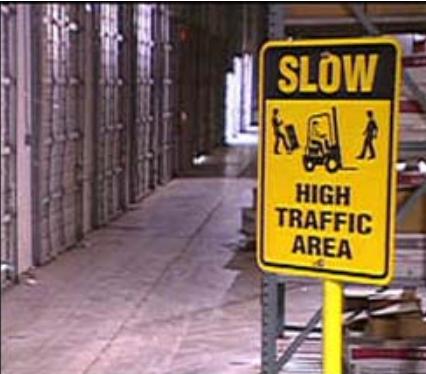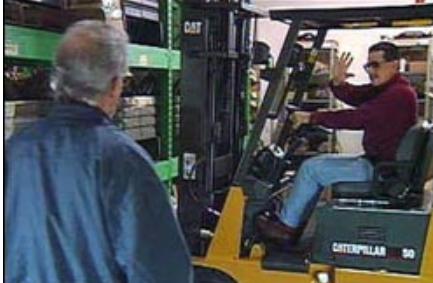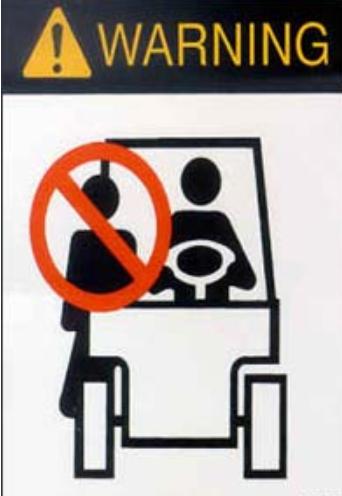Industry Dynamics
Integrated forklift collision avoidance system - an effective solution for collision accidents in the factory area
Counts:268 Time: 22-08-23 From: Suzhou Teknect Engineering Co., Ltd.Forklifts are essential special equipment for moving heavy loads. But the potential danger of forklifts can hit pedestrians and objects, so what can be done to avoid it?
The recommended practices when moving a forklift are as follows:
1. Cede the right of way to pedestrians
2. When a person or group of people walks along your planned route: Stop! Wait until pedestrians pass by. Carefully pass through any congested areas.
3. If the area is disorganized, explore the route in advance to find problems.
4. Warn pedestrians if there is not enough safety clearance, ask them to move.
5. Honk the horn in blind corners, doorways and aisles.
6. Honk the horn or other alarm when reversing.
7. Post signs in areas with high pedestrian traffic.

(Forklift operating safety procedures).
Reminder to forklift drivers
Slow down, stop, and honk at intersections, corners, and places with impaired vision.
When provided, use a flashing warning light or backup siren when driving in the opposite direction.
If you don't have a clear view of the tour, don't move the forklift.
Use spots for blind spots.
Always keep an eye on the way forward.
Maintain a clear view.
Smooth start, stop, ride, steer and brake.
Signal pedestrians to stand clearly.
No one is allowed to stand or pass under load or lifting mechanisms.
Where possible, make eye contact with pedestrians or other forklift operators.

(Forklift operating safety procedures).
Second, a reminder
to pedestrians in the factory Area Please note that electric forklifts cannot stop suddenly. They can only be stopped slowly, minimizing load damage and maintaining stability.
Stay away from running lifts.
Avoid running-in. Driver visibility may be limited due to blind spots.
Note the wide rear swing radius.
Use the sidewalk, or stay on the side of the equipment aisle.
Never ride a forklift truck unless authorized, the forklift is designed for riders.
Never pass under high loads.
OSHA requires
that permanent passages and passages be free from obstacles and that they be properly marked where mechanical processing equipment is used.
Consider providing:
pedestrian passages
with permanent railings or other protective barriers
If pedestrians must use equipment aisles, at least one side has enough walking space,
with pedestrian walkway stripes on the floor if obstacles cannot be used.
Install convex mirrors at blind lane intersections.
Post traffic control signs.
Post-factory speed limit.
Fourth, the risk requirements and recommended practices for falling

(Forklift operating safety procedures).
Unauthorized persons are not allowed to ride in forklifts. If authorized by the rider, a safe place must be provided.
Passengers should not be allowed to ride on forklifts unless they are specifically designed to accommodate passengers.
Only specialized equipment is used to develop personnel.
Never ship employees on the platform. Employees can only be hoisted up and down.
Never transport employees on forks.
Forklift operators should maintain a safe distance
from pedestrian workers and other pedestrians.
Operating a forklift or working where there is a forklift requires constant attention, knowledge of potential hazards, and understanding of the theoretical knowledge of forklift precautions. In order to prevent forklift accidents, reduce forklift collisions. E-Xin'an has developed a forklift collision avoidance system that effectively reduces the collision of forklifts and forklifts, forklifts and cargo, forklifts and pedestrians.

 ENGLISH
ENGLISH  简体中文
简体中文